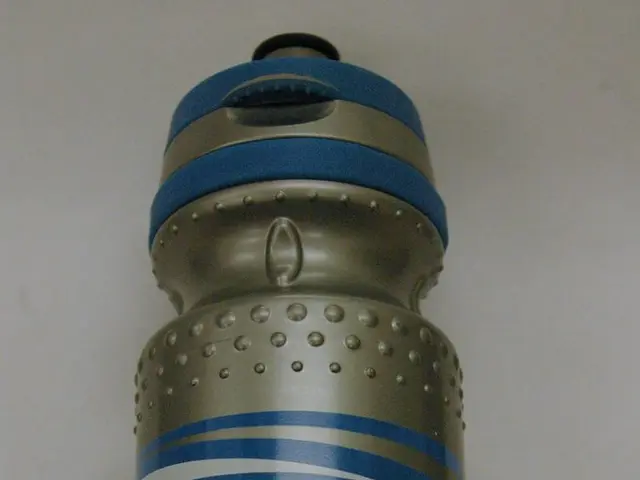Exercise remains the most effective prevention for Heat Thrombosis
As the vacation season approaches, many of us are preparing for long journeys by plane, car, bus, or train. However, these extended periods of sitting can increase the risk of developing blood clots, a potentially serious health issue. Here are some tips to prevent and recognize signs of blood clots during long trips, especially in hot weather.
**Prevention Tips**
1. **Keep Moving Regularly:** During any long trip, try to get up and walk every 1-2 hours. If you're seated, do leg exercises such as tightening and releasing leg muscles and calf stretches to promote blood flow.
2. **Wear Compression Stockings:** Graduated compression stockings (20-30 mmHg) gently squeeze your legs to improve circulation and reduce swelling and clot risk. They are especially helpful if you're prone to vein issues or during extended sitting.
3. **Stay Well-Hydrated:** Dehydration thickens blood and makes circulation more difficult, increasing clot risk. Drink plenty of water before, during, and after your trip. Avoid excessive caffeine and alcohol as they can dehydrate you and worsen circulation.
4. **Choose aisle seats and plan rest stops:** Sitting in an aisle seat can make it easier to get up and move around. If driving, plan frequent stops to stretch and walk.
5. **Eat light, low-salt meals:** Heavy, salty foods can contribute to blood pooling and clot formation. Opt for fresh fruits and light snacks to maintain healthy blood flow.
6. **Consult your doctor:** If you have a history of clots or risk factors, discuss preventive measures like medications or supplements before travel.
**Recognizing Signs of Blood Clots**
- **Swelling, redness, and pain in the legs:** Especially in the calf or thigh. The skin may feel warm to the touch and look discolored. - **Unexplained shortness of breath or chest pain:** These symptoms can indicate a pulmonary embolism, a serious complication where a clot travels to the lungs and requires immediate medical attention. - **Persistent swelling or soreness in feet and ankles:** Monitor these during and after travel, as clot risk persists beyond the trip itself.
In hot weather, dehydration risk increases, so maintaining hydration is even more critical to prevent blood clots. Regular movement and wearing appropriate compression gear are also key strategies during warm conditions.
If you experience any symptoms suggestive of a clot, especially difficulty breathing or chest pain, seek medical care immediately. Early diagnosis and treatment are crucial to safely managing blood clots.
It's essential to remember that blood clots are not to be taken lightly as they can lead to a life-threatening pulmonary embolism. If necessary, medication-based prevention can be considered for long trips. Consulting a primary care physician can help assess personal risk and adjust long-term medications if necessary.
Dr. Jens-Andreas Münch, President of the Pharmacists' Chamber of Saxony-Anhalt, explains that blood clots can cause swelling and pain. He encourages travelers to ask for advice before their trip to ensure a safe and enjoyable journey.
[1] National Heart, Lung, and Blood Institute. (2021). Deep Vein Thrombosis (DVT). Retrieved from
In the realm of healthcare and wellness, science has highlighted the correlation between long trips and the development of blood clots, a potential health concern. Maintaining an awareness of the environmental factors related to climate change, such as hot weather, can help us be more vigilant in preventing dehydration, a risk factor for blood clots. To reduce the risk, we can practice mental health strategies like staying focused and mindful of our body's signals during travel. Environmental science reveals that taking breaks for fitness-and-exercise can help promote circulation and overall wellbeing, contributing to a healthier journey.




